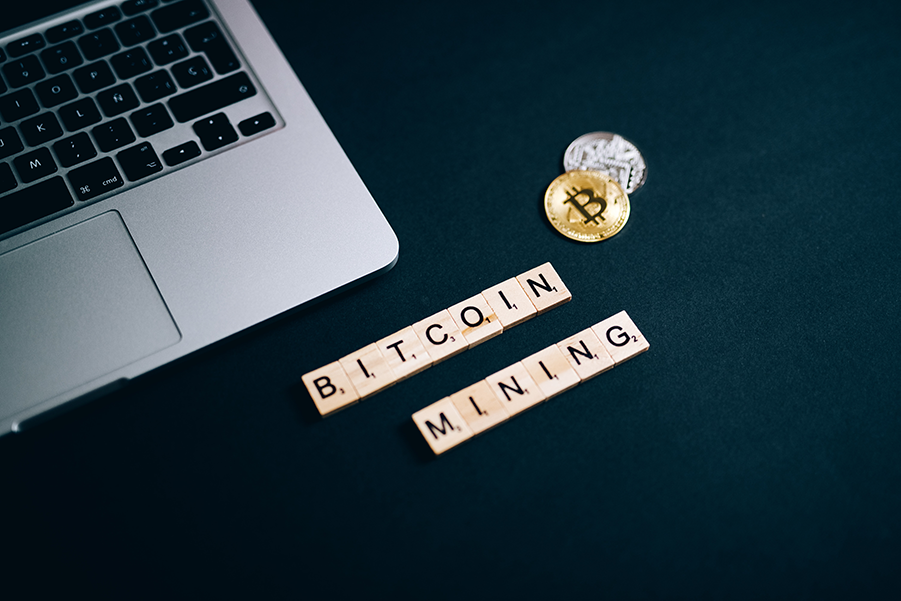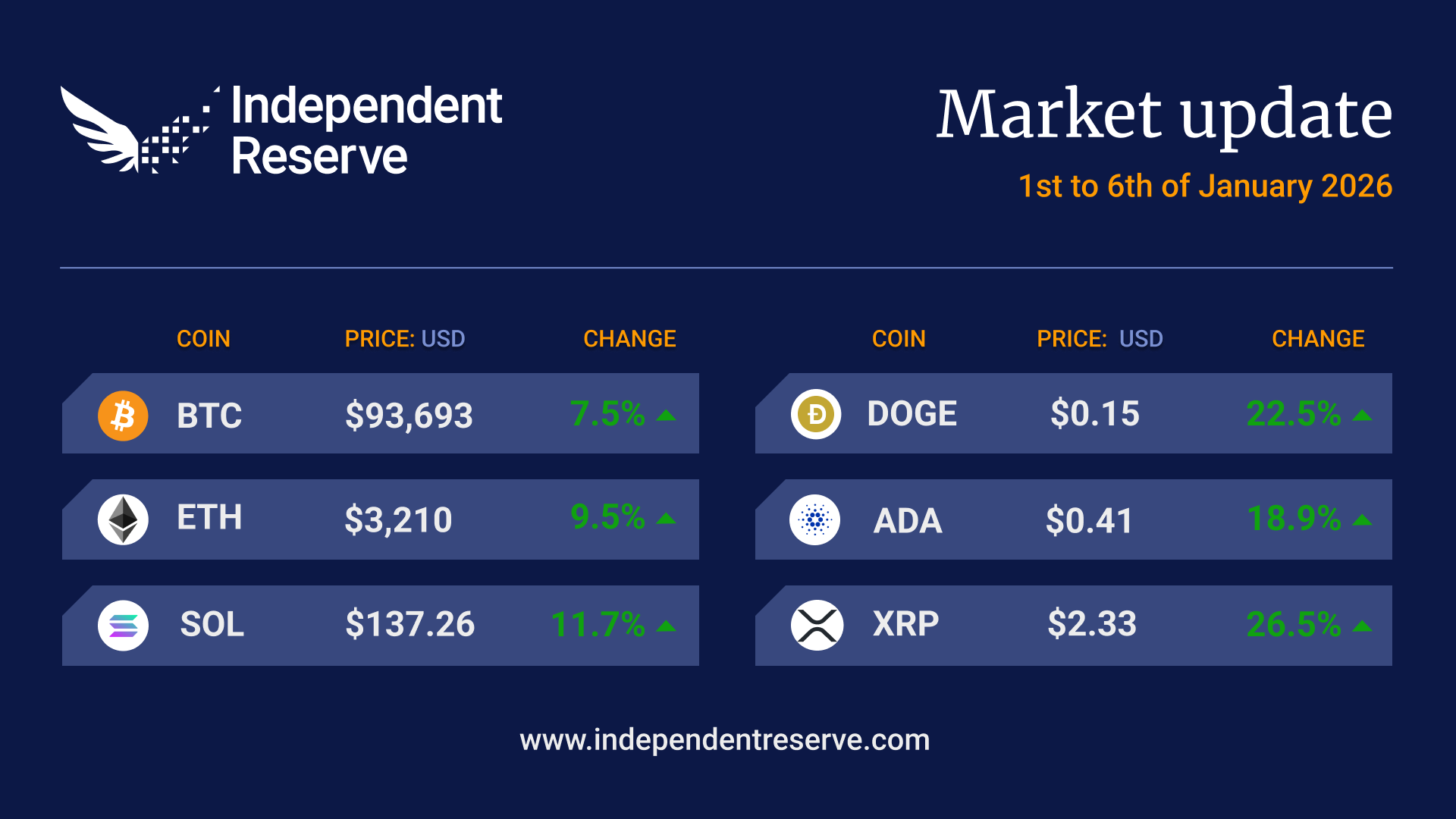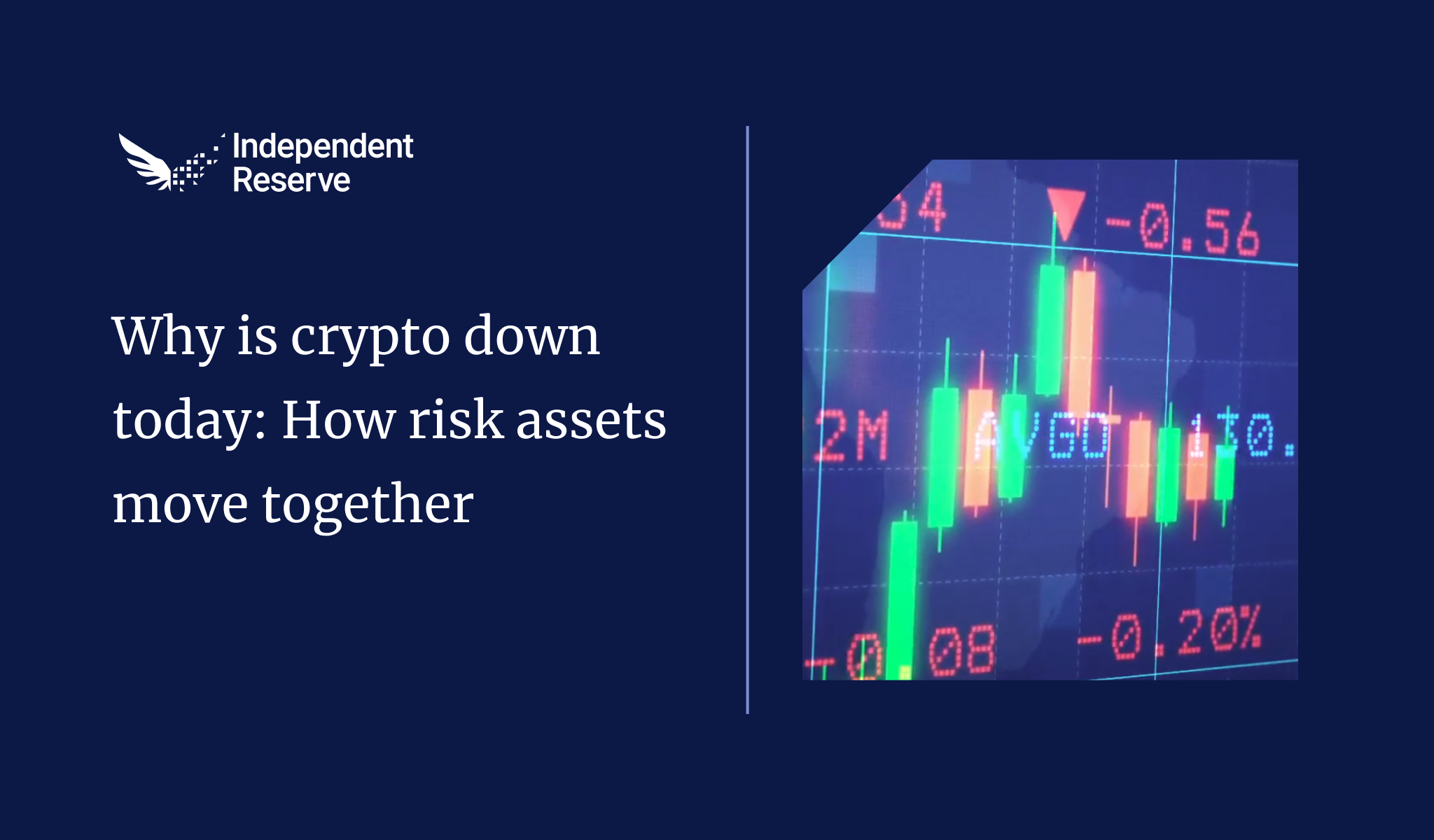What is Bitcoin mining & how does it work?
Bitcoin mining is the process of introducing new Bitcoins into circulation. It involves high computing power and solving complex maths problems.
Bitcoin, also commonly abbreviated as BTC, is the first cryptocurrency and the most widely used among the 5,000+ cryptocurrencies available today. Despite its wild volatility, Bitcoin has continued to remain popular. That said, understanding the process of Bitcoin mining can be challenging.
Here’s everything you need to know about how it works.
What is Bitcoin mining?
Bitcoin mining is the process of creating new Bitcoin. It involves verifying and adding transaction records to a blockchain (ledger) across the network. This process requires solving complex mathematical problems to add a block of transactions into the blockchain. On average, this happens every 10 minutes.
You compete by following a consensus algorithm called Proof of Work (PoW).
Proof of Work is a decentralised consensus mechanism that requires individuals to solve a mathematical puzzle, to prevent people from manipulating the system. This enables secure peer to peer processing, without using a third party.
When you add a new block to the blockchain, you earn a block reward, which is a newly created Bitcoin, and the fee associated with all transactions in the current block.
There are a lot of resources involved when mining Bitcoin, which can cause you to question its legality.
Is Bitcoin mining legal?
Like buying Bitcoin, Bitcoin mining is legal in Australia, though not in all countries. This is due to the impact on local currencies and the amount of power consumed through Bitcoin mining.
As Bitcoin is a decentralised digital currency, it invalidates the power of banks and governments to print money and control the financial market. As a result, the legality of Bitcoin mining depends on the region, jurisdiction and government regulation.
How does Bitcoin mining work?
In the blockchain network, the nodes operate on the idea that you can trust no one.
Therefore, Proof of Work is accepted to validate any transaction by solving a mathematical puzzle. To solve the mathematical puzzle, it involves doing calculations to find a 32-bit hash value called a nonce.
As a miner, you will compete to solve the problem and come to consensus with other miners to which a new block (group of transactions) will be added to the blockchain. Afterwards, the verified transaction gets a unique identification code linked with the previous transaction.
Here is an example to help you understand.
Person A wants to share 5BTC (Bitcoin) with person B. The transaction data is shared with miners from the memory pool. The memory pool is a place where unconfirmed and unverified transactions wait for confirmation.
You will start to compete with other miners to solve the mathematical problem to validate and verify the transaction by using Proof of Work. If you are the first miner to solve the problem, you share the result with other nodes.
The transaction block is verified and added to the blockchain once maximum nodes agree with the solution. At the same time, you are rewarded with the Bitcoin reward rate for solving the mathematical problem.
Finally, after the addition of the transaction block, the 5BTC associated with the transaction data is transferred from person A to Person B.
Is it profitable to mine Bitcoin?
Not every person will gain a profit from mining Bitcoin. That’s because the process can have numerous expenses that will need to be paid out regularly before you can earn a profit.
Possible expenses:
- Computer hardware and software for mining
- Electricity to power everything
- Time and effort
Bitcoin mining, even on a small scale, can pull a lot of electricity from the grid. Overusing electricity could incur additional charges from your supplier for putting strain on the system.
If you are considering mining Bitcoin, you should consider whether the amount of time, effort and expenses are enough to allow you to break even and make a profit.
How to mine Bitcoin
There are two ways to mine Bitcoin.
1. Cloud mining
Cloud mining is where you use someone else’s servers or a Bitcoin mining facility. One of the biggest advantages of cloud mining is the reduced costs associated with mining, and it gives everyday investors access to appropriate technology to mine digital currencies. The disadvantage of cloud mining is that you don’t have control over the hardware, which may increase the level of risk. Therefore, it’s essential to research before choosing a reputable provider.
2. Building a Bitcoin mining rig
A Bitcoin mining rig is a computer you use to mine Bitcoin and consists of the following:
- Mining hardware: This allows you to participate in the bitcoin mining process. The more powerful your machine, the greater the rewards.
- Mining software: This software runs your rig. It tells your mining hardware how to perform—the mining algorithms on which it will work, the ideal time to operate, and the Bitcoin address for sending your mining rewards to.
- Bitcoin wallet: This is the wallet you will use to receive your mining proceeds. It can either be a hardware wallet or a software wallet.
After building a rig, you need to connect to the internet and set up an account with a mining pool of your choice. Then you can begin mining for Bitcoin.
Bitcoin mining companies & investing
Mining Bitcoin can be a profitable venture, but it comes with risks that many people may not be willing to take. Taking these risks for a small cut of profit is where Bitcoin mining companies come in.
By positioning yourself with mining companies that generate steady profit, you benefit from the Bitcoin surge while keeping a safe investment without many of the risks that other Bitcoin miners will endure.
The following are Bitcoin mining companies you may consider for investing, all with their unique benefits:
- Riot Blockchain (RIOT) – One of the most popular mining companies
- Stronghold Digital Mining (SDIG) – A newer company focusing on environmentally friendly mining
- HIVE Blockchain Technologies (HUBTF) – Offers greater transparency to its members
Conclusion
Now you understand more about Bitcoin mining and how it works.
It is an energy-intensive process that requires the completion of mathematical problems. The first miner to solve the problem gets rewarded with Bitcoin. This blockchain technology also authenticates transactions on the Bitcoin network and ensures they are trustworthy.
Although you can mine Bitcoin using computing rigs at home, it is not the only way to mine. There is also cloud mining which you can make use of. Both carry different benefits and disadvantages, so ensure you undertake some research before committing to a method.
Bitcoin mining is legal in most countries, though it is controversial as it uses mass amounts of energy. Individuals wanting to mine Bitcoin should undertake a cost-benefit analysis, and take into account the varying costs of mining Bitcoin, before pursuing the activity.



